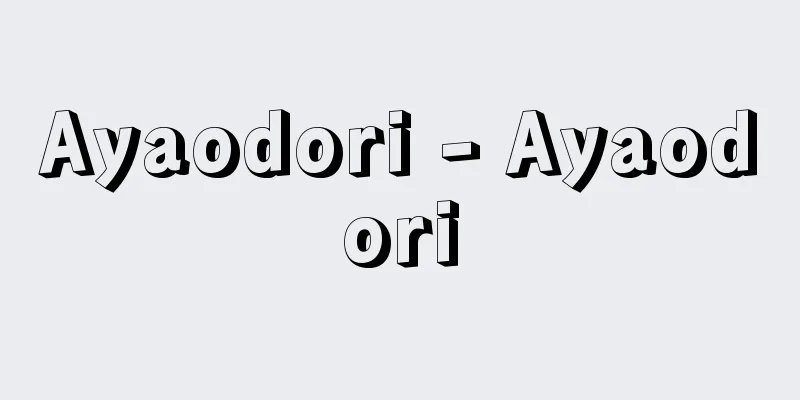Currency Hedge - KAWASEHEDGE

|
<br /> A method used to reduce exchange rate risk when incorporating foreign currency-denominated assets. When incorporating foreign currency-denominated assets, exchange rate risk is involved and the investment is directly affected by exchange rate fluctuations. In particular, when the yen is strong, the asset value can decrease significantly, but a method called currency hedging is used to reduce exchange rate risk. Currency hedging incurs costs, and depending on the trends in exchange rates and interest rates, these costs may be higher than expected. Source: Investment Trust Association, Japan Investment Trust Glossary |
|
外貨建資産を組入れた際に為替リスクを小さくするためにとられる手法のこと。外貨建ての資産を組入れた場合、為替リスクが伴い為替変動の影響を直接的に受ける。特に円高局面ではその資産価値を大きく減少させる可能性があるが、為替リスクを小さくするために為替ヘッジという手法を用いる。為替ヘッジにはコストがかかるが、為替や金利の動向によってはそのコストが想定以上に発生することもある。 出典 (社)投資信託協会投資信託の用語集について 情報 |
>>: Exchange Premium - Kawase Premium
Recommend
Toshimitsu Saito
Year of death: June 17, 1582 (July 6, 1582) Year o...
Civil Service Appointment Order - Bunkanninyorei
An imperial ordinance that stipulated the appoint...
AE (Metal) - AE
...The phenomenon in which energy stored in a sol...
Play - Play
The essence of play Play is contrasted with every...
Mount Hakkai
A sacred mountain in Minami-Uonuma City, Niigata ...
LD-AC method - LD-AC method
...Most of the furnaces currently operating in Ja...
Takeda Pharmaceutical Co., Ltd.
Japan's top pharmaceutical company. Founded in...
Whale Love One
...These taxes include (1) taxes collected from t...
Galvanometer - Galvanometer
A device that detects the presence or absence of ...
Polyhedron - tamentai
A polyhedron is a solid body surrounded by a fini...
Kabuki - Turnip
〘 noun 〙 Song and dance. Singing and dancing. ※Sho...
Acyl chloride
…In a broad sense, it is a general term for compo...
Tulip flower - Ukonbana
Name: Another name for the plant "Dankoubai (...
Cylindrical grinding - Endo Kensaku
...In addition to these characteristics, the abra...
One subject, three tastes - Ikkasanshi
…The Spring and Autumn Annals has three schools o...









